Themed collection Focus on Canada

Lab on a chip Canada – rapid diffusion over large length scales
Guest Editors David Juncker, David Sinton and Aaron Wheeler highlight the contribution of Canadian research to microfluidics.

Lab Chip, 2013,13, 2438-2440
https://doi.org/10.1039/C3LC90052E
Canadian contributors 2013
Contributors to the Canada issue.
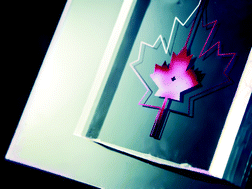
Lab Chip, 2013,13, 2433-2437
https://doi.org/10.1039/C3LC90053C
A personal stroll through the historical development of Canadian microfluidics
The historical background of microfluidics research within Canada is discussed from the personal perspective of the author, D. Jed Harrison.
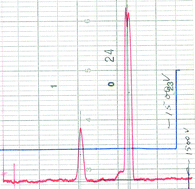
Lab Chip, 2013,13, 2500-2503
https://doi.org/10.1039/C3LC50522G
Recent developments in microfluidics-based chemotaxis studies
We review recent developments in microfluidics-based chemotaxis studies and discuss the new trends in this field.

Lab Chip, 2013,13, 2484-2499
https://doi.org/10.1039/C3LC50415H
Recent advances in microfluidic techniques for single-cell biophysical characterization
This article reviews recent advances in microfluidic techniques for single-cell biophysical characterization. The advantages and limitations of the techniques are discussed.
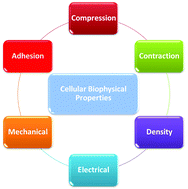
Lab Chip, 2013,13, 2464-2483
https://doi.org/10.1039/C3LC50355K
On-chip nanohole array based sensing: a review
This critical review examines developments in the on-chip implementation of nanohole array based sensors, examining relevant fabrication methods and operation schemes.

Lab Chip, 2013,13, 2445-2463
https://doi.org/10.1039/C3LC50107H
Microfluidic redox battery
We demonstrate a rechargeable membraneless redox battery integrated in a microfluidic chip.

Lab Chip, 2013,13, 2504-2507
https://doi.org/10.1039/C3LC50499A
Multiplexed electrokinetic sample fractionation , preconcentration and elution for proteomics
Both 6 and 8-channel integrated microfluidic sample pretreatment devices capable of performing “in space” sample fractionation, collection, preconcentration and elution of captured analytes via sheath flow assisted electrokinetic pumping are described.
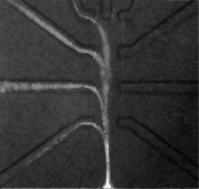
Lab Chip, 2013,13, 2651-2659
https://doi.org/10.1039/C3LC50401H
Lung assist device: development of microfluidic oxygenators for preterm infants with respiratory failure
This paper reports the development of microfluidic oxygenator (MFO) units designed for a lung assist device (LAD) for newborn infants.
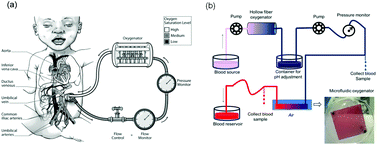
Lab Chip, 2013,13, 2641-2650
https://doi.org/10.1039/C3LC41417E
An electrochemical Lab-on-a-CD system for parallel whole blood analysis
We have developed a proof-of-concept electrochemical Lab-on-a-CD system for fast and parallel whole blood analysis.

Lab Chip, 2013,13, 2634-2640
https://doi.org/10.1039/C3LC00020F
Bubble gate for in-plane flow control
Miniature gate valve for actively controlling liquid flow in a scalable manner at a footprint of less than one square millimetre.
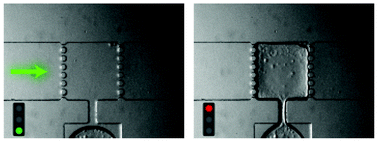
Lab Chip, 2013,13, 2519-2527
https://doi.org/10.1039/C3LC50075F
Equilibrium gas–oil ratio measurements using a microfluidic technique
A method for measuring the equilibrium GOR (gas–oil ratio) of reservoir fluids using microfluidic technology is developed.
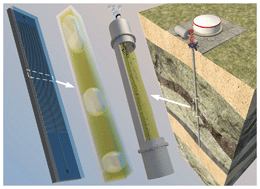
Lab Chip, 2013,13, 2623-2633
https://doi.org/10.1039/C3LC00013C
High throughput multilayer microfluidic particle separation platform using embedded thermoplastic-based micropumping
We present an integrated thermoplastic elastomer based multilayer microfluidic device with an embedded peristaltic micropump and through-holes membrane for high throughput particle sorting and separation.
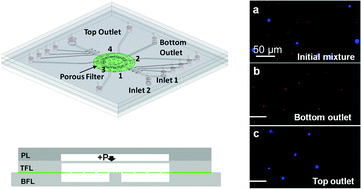
Lab Chip, 2013,13, 2615-2622
https://doi.org/10.1039/C3LC50181G
Magnetic timing valves for fluid control in paper-based microfluidics
A new type of magnetically-driven valves capable of counting the time and controlling fluid flows accordingly in paper-based microfluidic devices.
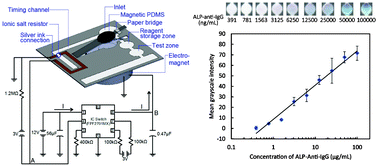
Lab Chip, 2013,13, 2609-2614
https://doi.org/10.1039/C3LC00006K
Quantification of the Young's modulus of the primary plant cell wall using Bending-Lab-On-Chip (BLOC)
We present a LOC approach to quantitatively determine the Young's modulus of the Camellia pollen tube cell wall based on a whole cell bending test.
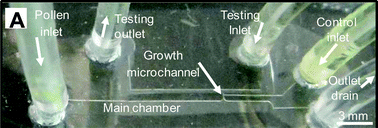
Lab Chip, 2013,13, 2599-2608
https://doi.org/10.1039/C3LC00012E
A 3D microfluidic platform incorporating methacrylated gelatin hydrogels to study physiological cardiovascular cell–cell interactions
A bilayer membrane microfluidic device incorporating a cell-seeded hydrogel is developed to model the 3D microenvironment of blood vessels and heart valves, enabling study of heterotypic cardiovascular cell communication in physiologically-relevant environments.

Lab Chip, 2013,13, 2591-2598
https://doi.org/10.1039/C3LC00051F
An enclosed in-gel PCR amplification cassette with multi-target, multi-sample detection for platform molecular diagnostics
A self-contained cassette tests 16 patients for multi-sample, multi-target PCR, with integrated quality controls.
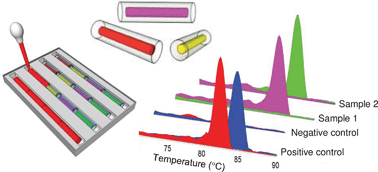
Lab Chip, 2013,13, 2576-2584
https://doi.org/10.1039/C3LC41419A
Atomically flat symmetric elliptical nanohole arrays in a gold film for ultrasensitive refractive index sensing
10−7 refractive index unit bulk index change resolution achieved monitoring transmission intensity changes through elliptical nanohole arrays with symmetric index substrate in an atomically flat gold film.
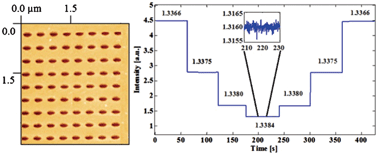
Lab Chip, 2013,13, 2541-2546
https://doi.org/10.1039/C3LC41411F
Aquifer-on-a-Chip: understanding pore-scale salt precipitation dynamics during CO2 sequestration
We present a lab-on-a-chip approach to study pore-scale salt precipitation dynamics during CO2 sequestration in saline aquifers—a challenge with this carbon management strategy.
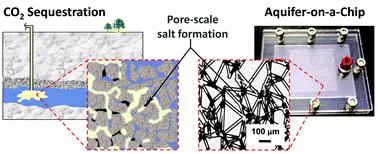
Lab Chip, 2013,13, 2508-2518
https://doi.org/10.1039/C3LC00031A
Cell electroporation by CNT-featured microfluidic chip
We present the application of carbon nanotubes for low-voltage cell electroporation performed in a microfluidic device.
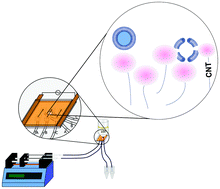
Lab Chip, 2013,13, 2585-2590
https://doi.org/10.1039/C3LC00014A
Double nanohole optical trapping : dynamics and protein -antibody co-trapping
Optical trapping of a single protein followed by co-trapping of its antibody is demonstrated using a double nanohole.
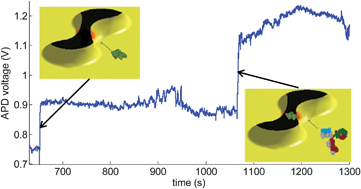
Lab Chip, 2013,13, 2563-2568
https://doi.org/10.1039/C3LC00003F
Microfluidic origami: a new device format for in-line reaction monitoring by nanoelectrospray ionization mass spectrometry
A microfluidic origami device comprising a two-plate-to-one-plate digital microfluidic interface and mass spectrometry emitter.

Lab Chip, 2013,13, 2533-2540
https://doi.org/10.1039/C3LC41431K
Optimized templates for bottom-up growth of high-performance integrated biomolecular detectors
Templated electrodeposition of high-performance nanostructured microelectrodes is studied in depth, and an optimal set of materials for cost-effective, reproducible biosensor chips are identified.
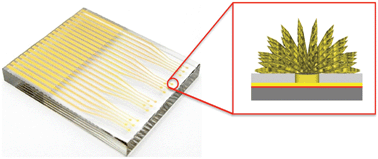
Lab Chip, 2013,13, 2569-2575
https://doi.org/10.1039/C3LC41416G
An electrospray ms-coupled microfluidic device for sub-second hydrogen/deuterium exchange pulse-labelling reveals allosteric effects in enzyme inhibition
In this work, we introduce an integrated, electrospray mass spectrometry-coupled microfluidic chip that supports the complete workflow for ‘bottom up’ hydrogen/deuterium exchange (HDX) pulse labelling experiments.
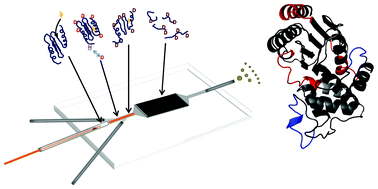
Lab Chip, 2013,13, 2528-2532
https://doi.org/10.1039/C3LC00007A
Exploring a direct injection method for microfluidic generation of polymer microgels
We explore the application of the “direct injection” method for the preparation of microgels.
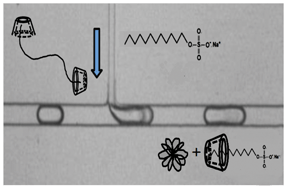
Lab Chip, 2013,13, 2547-2553
https://doi.org/10.1039/C3LC41385C
End-faced waveguide mediated optical propulsion of microspheres and single cells in a microfluidic device
Single cell transport in microfluidic devices is a topic of interest as their utility is becoming appreciated by cell and molecular biologist.
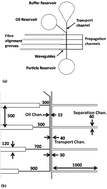
Lab Chip, 2013,13, 2554-2562
https://doi.org/10.1039/C3LC41199K
About this collection
A themed issue, guest edited by Professors David Juncker, David Sinton and Aaron Wheeler, focussing on lab on a chip research based in Canada.